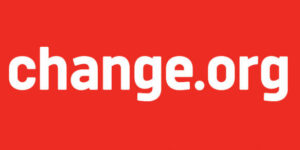
HR Trends That Matter in 2023: An Insider’s Guide
People often ask me which HR trends should be on their radar. It’s a fair question, because I organize two of the HR profession’s most

People often ask me which HR trends should be on their radar. It’s a fair question, because I organize two of the HR profession’s most

The first time COVID-19 made its appearance, a lot of uncertainty, fear, and doubt ruled many people’s lives. Since all of it was new, absolutely

The opening keynote speaker at UNLEASH America was Gary Hamel, one of the world’s most influential business thinkers. He is a professor at the London
In 2015 we saw the emergence of a number of trends in human resources. The HR landscape is changing more rapidly than ever before. What
The TalentCulture #TChat Show is back live on Wednesday, July 23, 2014, from 7-8 pm ET (4-5 pm PT). The #TChat radio portion runs the

There’s something fundamentally broken with the way employers treat potential employees. Change is long overdue. Let’s fix this…

HR technology is advancing at breakneck pace! Is that all good — or are we at risk of losing something vital in acquiring and developing talent? See wisdom from the TalentCulture crowd…

It’s a big week ahead in the world of work! On the road LIVE from the HRO Today Forum, we’re showcasing HR business and technology innovators. Take a sneak peek at this week’s events and star performers…
Analysts estimate that the recruiting/talent industry is a $124 billion industry. So, how are we leading this industry into a brave new social era? That’s what this week’s #TChat is all about…